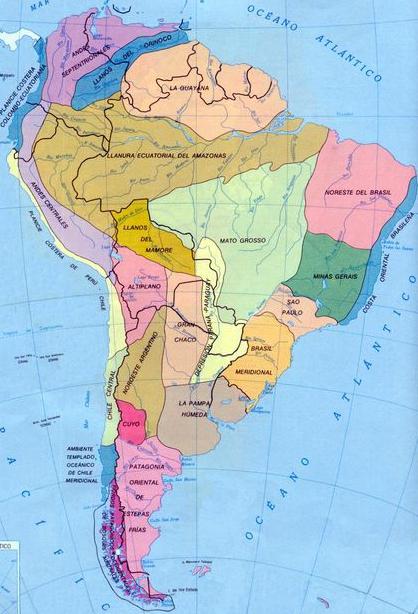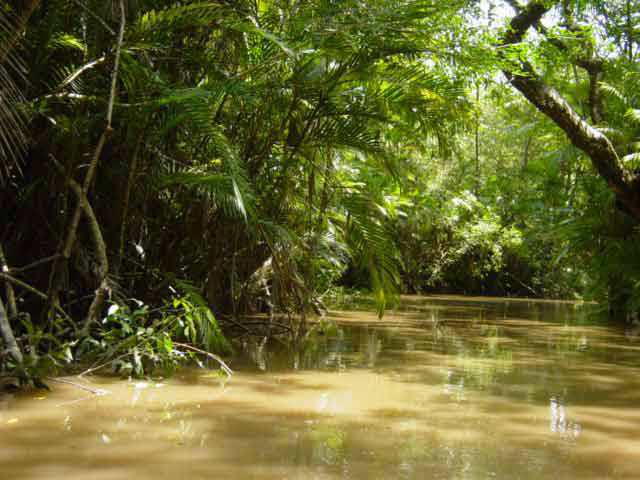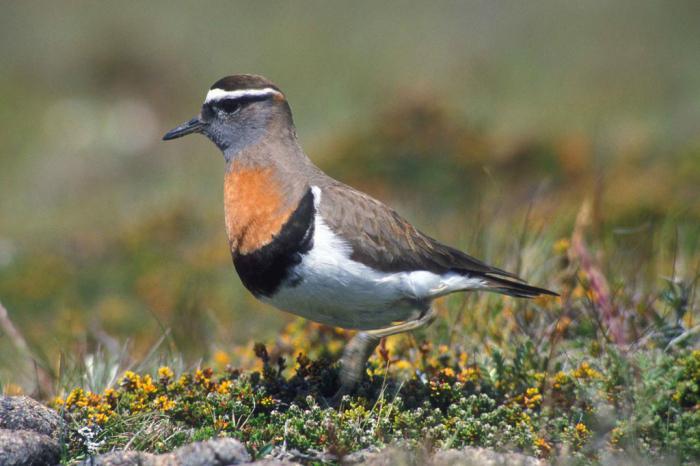Natural areas of South America: table
South America is a unique continent. More than 50% of all equatorial and tropical forests growing on Earth are located in this part of the world. Most of the continent's territories are located in the tropical and equatorial zones. The climate is humid and warm, the temperature in winter and summer does not differ much and is always positive in most of the mainland. The natural zones of South America are located unevenly due to the large differences in the relief of the eastern and western parts. The animal and plant world is represented by a large number of endemic species. Almost all minerals are mined on this continent.
This topic is studied in detail by the school subject geography (Grade 7). "Natural areas of South America" - the name of the topic of the lesson.
Geographical position
South America is located entirely in the Western Hemisphere, most of its territories lie in tropical and equatorial latitudes.
The mainland includes the Malvinas Islands, which lie in the shelf zone of the Atlantic Ocean, and the islands of Trinidad and Tobago. The Tierra del Fuego archipelago is separated from the main part of South America by the Strait of Magellan. The length of the strait is about 550 km, it is located in the south.
To the north is Lake Maracaibo, which is connected by a narrow strait to the Gulf of Venezuela, one of the largest in the Caribbean.
The coastline is not very indented.
Geological structure. Relief
Conventionally, South America can be divided into two parts: mountainous and flat. In the west - the folded belt of the Andes, in the east - a platform (ancient South American Precambrian).
The shields are raised sections of the platform; in relief they correspond to the Guiana and Brazilian highlands. Sierras formed from the east of the Brazilian Highlands - blocky mountains.
The Orinok and Amazonian lowland plains are troughs of the South American Platform. The Amazonian lowland occupies the entire part of the territory from the Atlantic Ocean to the Andes mountains, from the north it is bounded by the Guiana Plateau, and from the south by the Brazilian Plateau.
The Andes are among the highest mountain systems in the world. And this is the longest chain of mountains on Earth, its length is almost 9 thousand km.

The earliest folding in the Andes is Hercynian, it began to form in the Paleozoic. Mountain movements are still taking place - this zone is one of the most active. This is evidenced by strong earthquakes and volcanic eruptions.
Minerals
The mainland is very rich in various minerals. Oil, gas, hard and brown coal, as well as various metallic and non-metallic ores (iron, aluminum, copper, tungsten, diamonds, iodine, magnesite, etc.) are being extracted here. The distribution of minerals depends on the geological structure. Iron ore deposits belong to the ancient shields, these are the northern part of the Guiana Highlands and the central part of the Brazilian Highlands.
Bauxites and manganese ores are concentrated in the weathering crust of uplands.
In the depressions of the foothills, on the shelf, in the deflections of the platform, combustible minerals are mined: oil, gas, coal.
Emeralds are mined in Colombia.
In Chile, molybdenum and copper are mined. This country ranks second (as well as Zambia) in the world in terms of extraction of natural resources.
Such are the natural zones of South America, the geography of the distribution of minerals.
Climate
The climate of the mainland, like that of any continent, depends on several factors: currents washing the continent, macrorelief, and atmospheric circulation. Since the mainland is crossed by the equator line, most of it is located in the subequatorial, equatorial, subtropical, tropical zones, therefore the amount of solar radiation is quite large.

Characteristics of the natural zones of South America. Zone of humid equatorial forests. Selva
This zone in South America occupies a large territory: the entire Amazonian lowland, the nearby foothills of the Andes and part of the nearby east coast. Moist equatorial forests or, as the locals call them, "selvas", which is translated from Portuguese as "forest". Another name proposed by A. Humboldt is "hylaea". Equatorial forests are multi-tiered, almost all trees are intertwined with various types of lianas, there are many epiphytes, including orchids.

Typical representatives of the fauna are monkeys, tapirs, sloths, a huge variety of birds and insects.
Savannah and woodland zone. Llanos
This zone occupies the entire Orinok lowland, as well as the Brazilian and Guiana highlands. This natural area is also called llanos or campos. The soils are red-brown and red ferralitic. Most of the territory is occupied by tall grasses: cereals, legumes. There are trees, usually acacias and palms, as well as mimosa, bottle tree, quebracho - endemic growing in the Brazilian Highlands. Translated means "break the ax", because. The wood of this tree is very hard.
Among animals, the most common are peccary pigs, deer, anteaters and cougars.
Zone of subtropical steppes. pampas
This zone covers the entire La Plata lowland. The soils are red-black ferralitic, it is formed as a result of rotting of pampas grass and tree leaves. The humus horizon of such soil can reach 40 cm, therefore the land is very fertile, which is used by the locals.

The most common animals are llama, pampas deer.
Semi-desert and desert zone. Patagonia
This zone is located in the "rain shadow" of the Andes, because. mountains block the way for humid air masses. Soils are poor, brown, gray-brown and gray-brown. Sparse vegetation, mainly cacti and grasses.
Among the animals there are many endemic species: Magellanic dog, skunk, Darwin's ostrich.
temperate forest zone
This zone is located south of 38°S. Its second name is hemigelei. These are evergreen, constantly moist forests. The soils are mostly forest burozems. The vegetation is very diverse, but the main representatives of the flora are the southern beech, Chilean cypresses and araucaria.
Altitudinal zonality
Altitudinal zonality is typical for the entire section of the Andes, but it is most fully represented in the equator region.
Up to a height of 1500 m there is a "hot land". Moist equatorial forests grow here.
Up to 2800 m - this is a temperate land. Tree ferns and coca bushes grow here, as well as bamboo and cinchona.
Up to 3800 - a zone of crooked forests or a belt of low-growing alpine forests.
Up to 4500 m lies paramos - a zone of alpine meadows.
"Natural areas of South America" (grade 7) is a topic that shows how individual geocomponents are interconnected and how they influence each other's formation.



